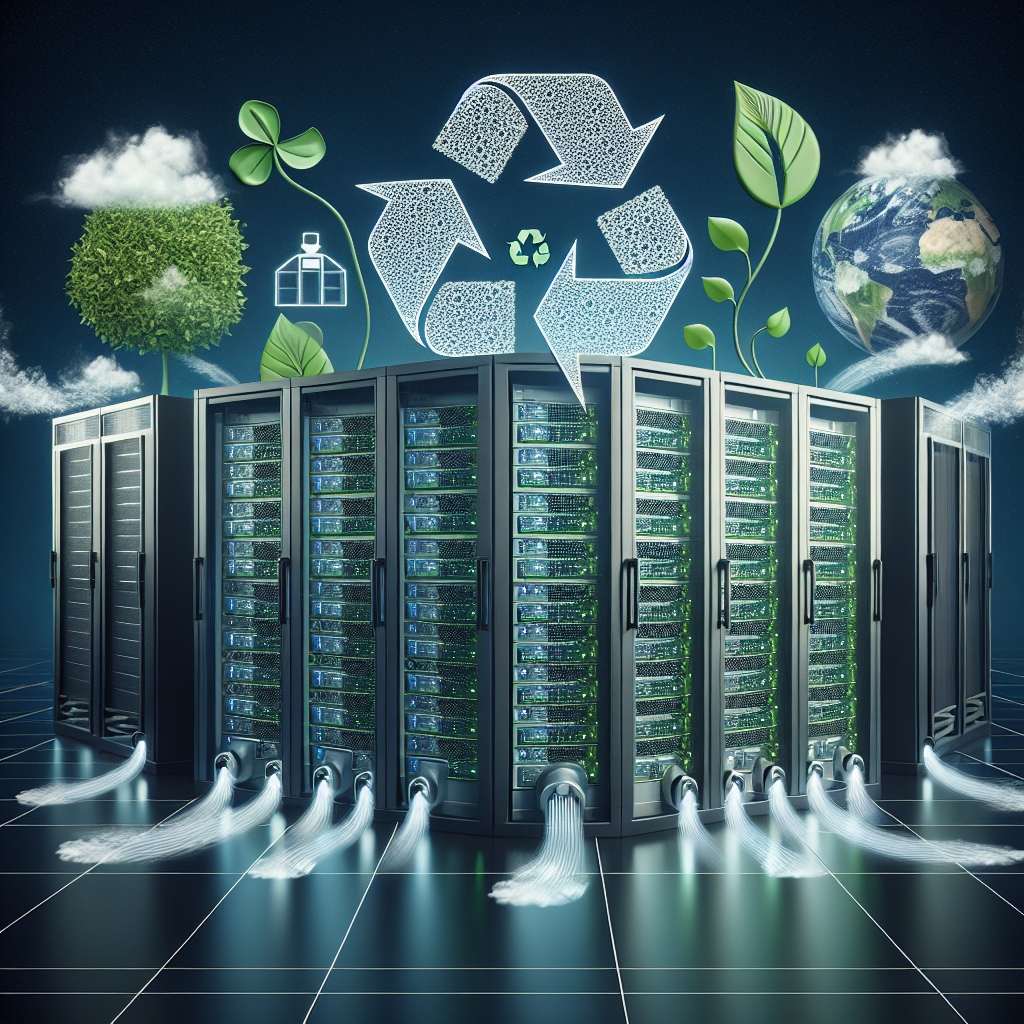In the digital age, data centers have become vital to the functioning of businesses and organizations around the world. These facilities house the servers and networking equipment that store and process massive amounts of data, allowing for seamless communication and operations. However, the energy consumption of data centers is a growing concern, with cooling systems playing a significant role in overall sustainability efforts.
Cooling is essential in data centers to prevent overheating of the equipment, which can lead to system failures and downtime. The servers and networking devices generate a considerable amount of heat as they process data, and without proper cooling, this heat can accumulate and damage the hardware. In fact, data centers can consume as much as 40% of their total energy usage on cooling alone.
To address the environmental impact of data centers, many organizations are implementing innovative cooling solutions to increase energy efficiency and reduce their carbon footprint. One such solution is the use of free cooling, which takes advantage of natural cooling sources such as ambient air or water to cool the equipment without the need for mechanical cooling systems. By utilizing these natural resources, data centers can significantly reduce their energy consumption and operating costs.
Another approach to sustainable cooling in data centers is the use of liquid cooling systems, which are more efficient at dissipating heat compared to traditional air-based cooling methods. Liquid cooling systems can be integrated into the server racks themselves, providing targeted cooling to the hottest components and reducing overall energy consumption. Additionally, liquid cooling systems can also be combined with renewable energy sources such as solar or wind power to further reduce the environmental impact of data center operations.
In addition to innovative cooling technologies, data center operators are also optimizing their cooling infrastructure through advanced monitoring and control systems. These systems use sensors and analytics to track temperature and humidity levels in real-time, allowing for precise adjustments to cooling systems to maintain optimal operating conditions. By actively managing cooling resources, data centers can reduce energy waste and improve overall sustainability.
Overall, the role of cooling in data center sustainability is crucial in addressing the environmental impact of these facilities. By implementing energy-efficient cooling solutions, optimizing cooling infrastructure, and integrating renewable energy sources, data centers can reduce their carbon footprint and contribute to a more sustainable future. As the demand for data continues to grow, it is imperative that data center operators prioritize sustainability in their cooling strategies to minimize environmental impact and ensure the long-term viability of their operations.


Leave a Reply